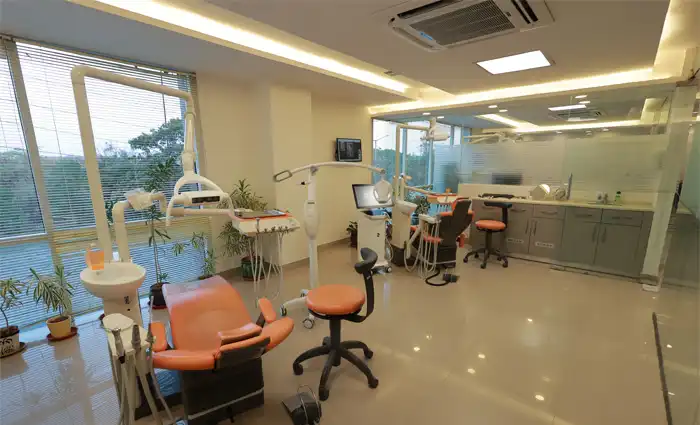Delayed Implants
Delayed implants, also known as conventional implants or two-stage implants, are dental implants that are placed after a healing period following tooth extraction. Unlike immediate implants, which are placed immediately after tooth removal, delayed implants involve a waiting period to allow for proper healing of the extraction site and surrounding tissues before implant placement.
What is the procedure for delayed implants?
Delayed implants and its prosthetic restoration require a series of steps:
Consultation
The patient consults the doctor with his problem and his expectations of the prosthesis. A complete examination is carried out that includes dental examination, detailed medical history, and use of X-rays and other imaging techniques to help assess bone density, anatomy, and healing capacity of the patient. During this initial interaction, the patient is explained about the whole procedure, and what he can expect from it.
Tooth Extraction
Based on the treatment planned, single or multiple teeth that are damaged or diseased are extracted, followed by thorough cleaning and debridement of the extraction socket.
Post-extraction Healing Period
The teeth extraction site is left to heal and for any residual infection or inflammation to resolve. It typically lasts several weeks to several months.
Placement of Implants
Following the healing period of the extractions site, the implants/titanium metal posts are surgically placed through flap surgery into the site of missing teeth, ensuring precise positioning and stability.
Implant Healing
A healing period of several months may be needed after the implant placement for the site to heal, and the implant to osseo-integrate with the surrounding tissues.
Prosthetic Restoration
Once the implant site heals, abutments are attached to the implant fixtures and the fabricated bridge/crown is fixed over it.




